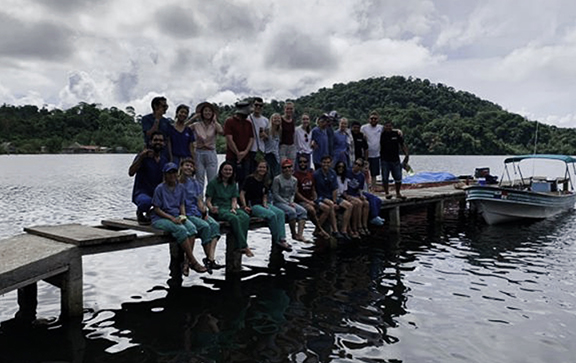Student Banking Package
A banking package to help you through your final two years of study
This banking package includes an everyday bank account with an optional overdraft facility and a Platinum credit card packed with rewards and benefits.
Learn More







 The clinical days in Ensenada were long and each evening I stayed back with the provider teams to ensure the last patients were seen, even if this meant seeing the last one or two patients by the light of a headlamp.
The clinical days in Ensenada were long and each evening I stayed back with the provider teams to ensure the last patients were seen, even if this meant seeing the last one or two patients by the light of a headlamp. 


 Night shifts at the Changuinola District Hospital
Night shifts at the Changuinola District Hospital


